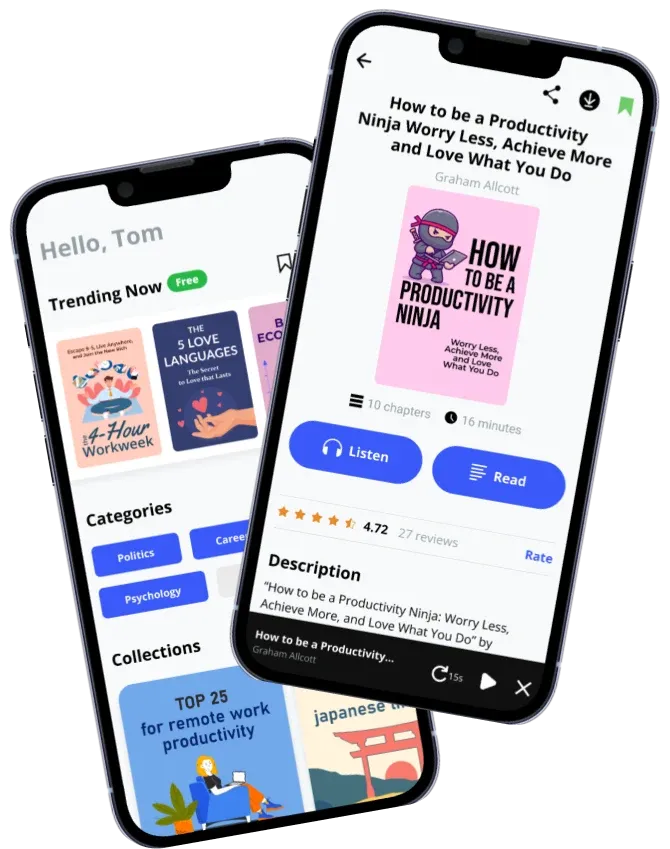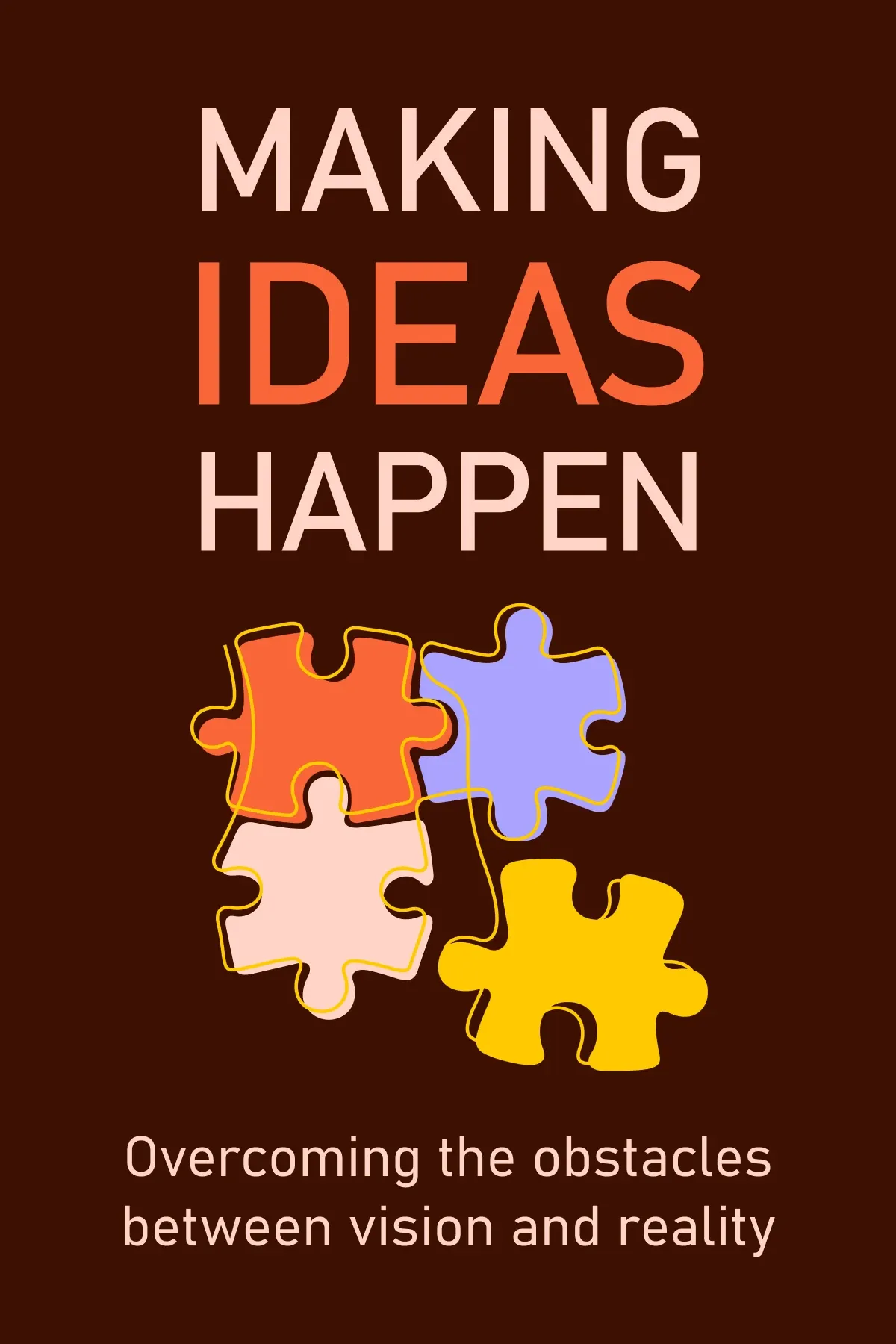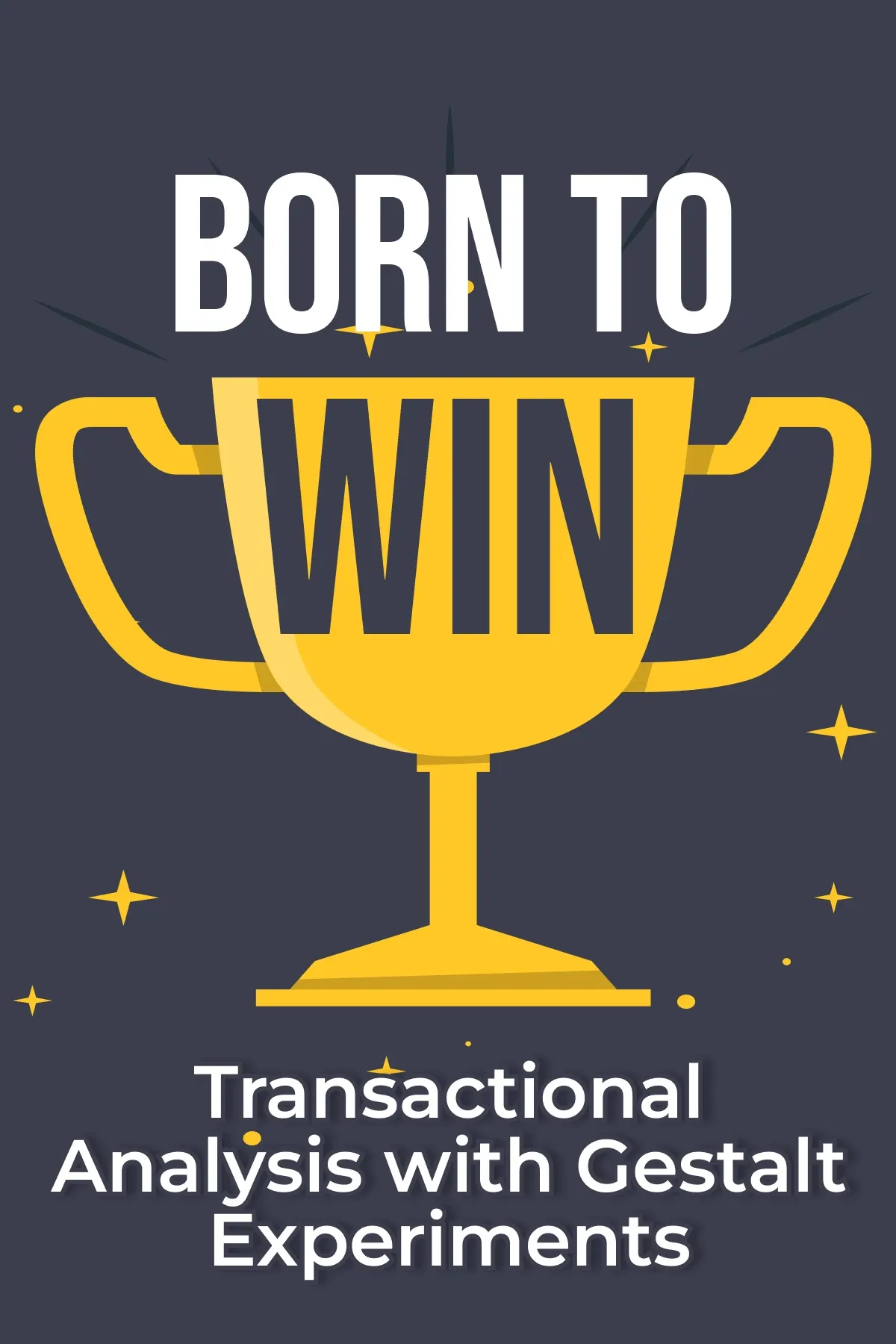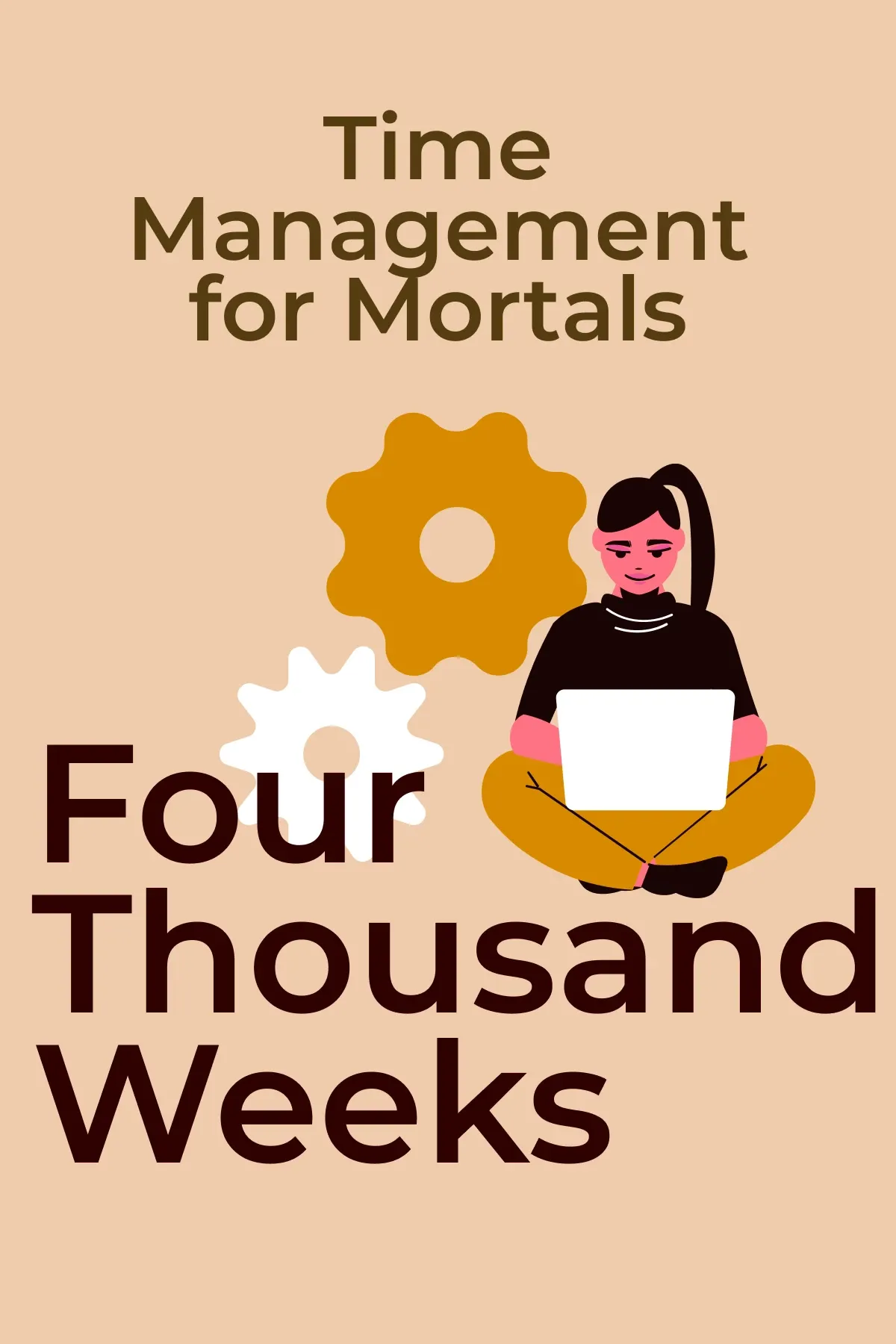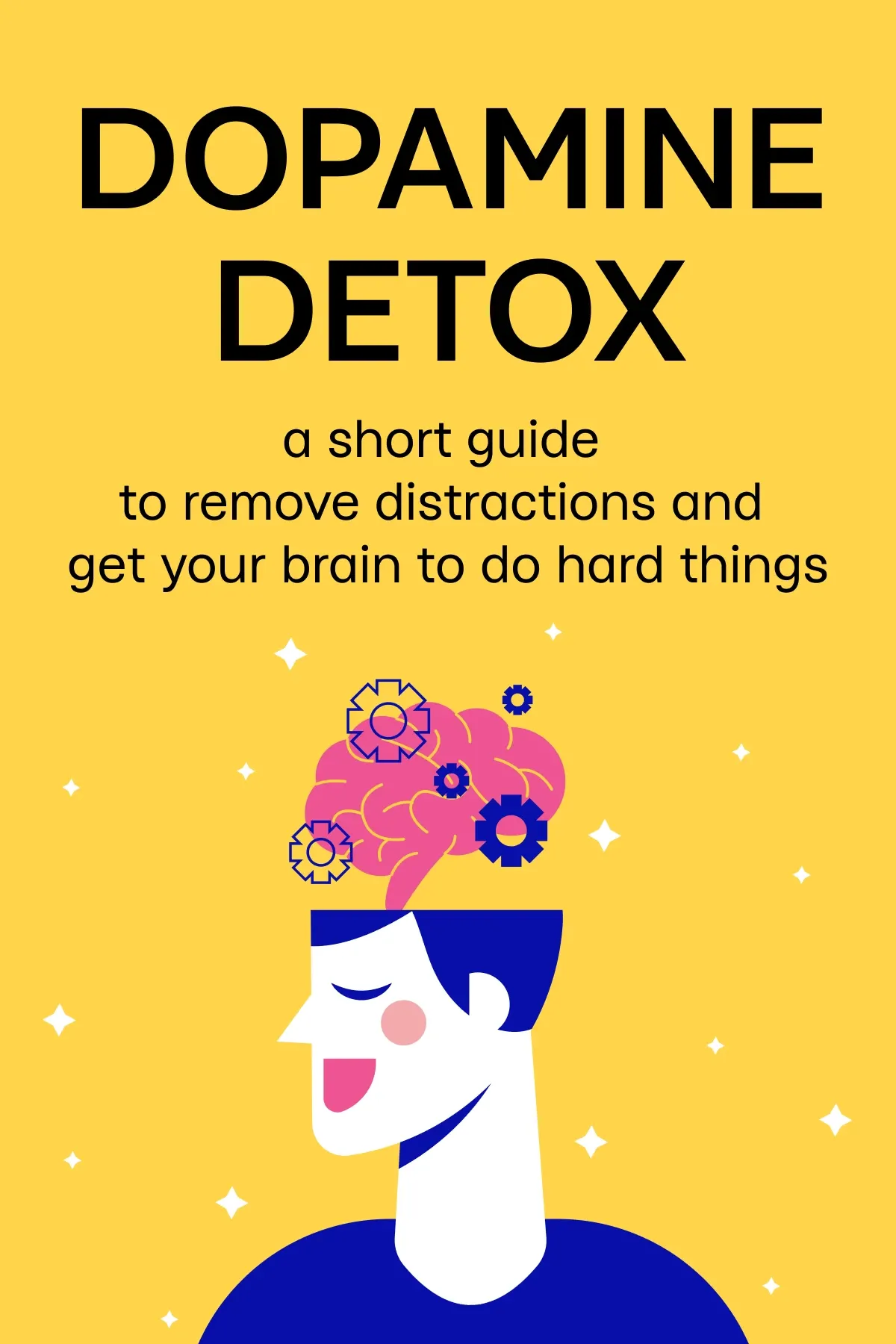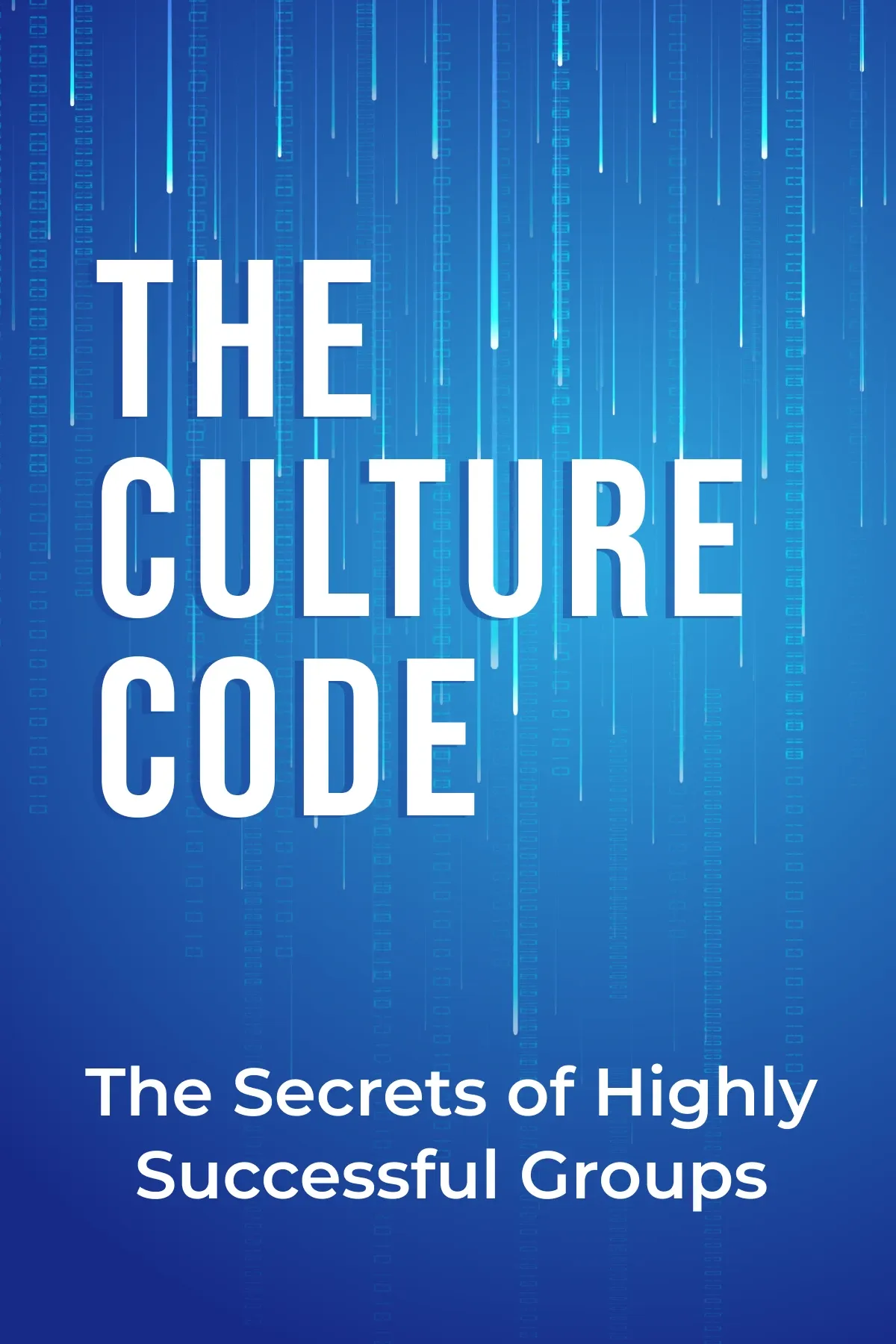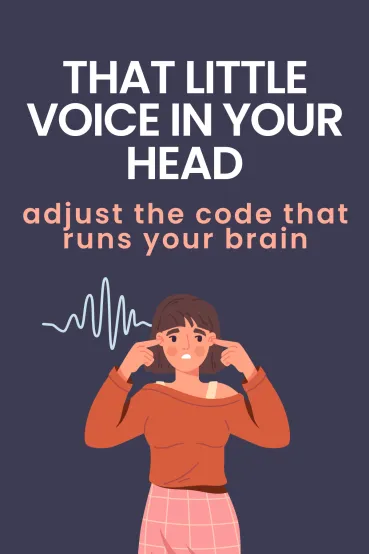
That Little Voice in Your Head
Brief Summary
“That Little Voice in Your Head” by Mo Gawdat is a guide on rewiring the mind for a happier life. It explores the brain's operational framework, the distinction between thoughts and identity, and the triggers of unhappiness. You will also learn strategies like self-questioning, habit development, and cultivating productive thinking to enhance well-being and contribute positively to personal and global life.
Topics
Key points
Key idea 1 of 5
Former Google X executive Mo Gawdat, a computer scientist, champions happiness and offers a brain "user manual". Blending computer science expertise and insights from neuroscience, Gawdat constructs a brain model akin to a computer system and its software. He uses in this framework personal conclusions and references from real life, like the tragic loss of his son Ali. It redirected his efforts toward promoting happiness.
It's crucial to embrace one fundamental idea: your brain is under your command, akin to a computer, encompassing the texts it generates. Moreover, your identity extends beyond your thoughts. The brain is a remarkable apparatus. Just as the lungs extract oxygen and release carbon dioxide, the brain processes input into thoughts. Naturally, you don't consider yourself to be mere carbon dioxide, so you shouldn't solely identify with your thoughts.
As we ensure the distinction between your essence and your brain's outcomes, think of this as well: you can witness your thoughts. Hence, should you be solely your thoughts and nothing beyond that, there would be no necessity for an internal voice to convey information. That’s because you would inherently possess that knowledge. According to Gawdat, while the brain holds immense significance, it does not encompass your entirety.
Thus, you possess the authority over your thoughts. That little voice in your head? You shouldn’t heed its directives. You can mold it to think in ways that generate happiness for yourself and, potentially, the broader world. Furthermore, you may decide to ignore it entirely!
Moving on, we’ll explore the overarching functions of our brains, allowing you to focus on the crucial elements. Gawdat initiates this journey with a fundamental notion – an operational diagram – illustrating the mechanics of all computational systems. Sounds too difficult? We'll opt for the less complicated version to maintain brevity.
Initially, we encounter inputs encompassing all the data integrated into a system. Following this, other processes come into play, characterizing the actions undertaken by a system in response to its inputs. Finally, outputs emerge – the outcomes yielded by these inputs and processes.
You might have experimented with certain approaches to achieve happiness but encountered minimal progress. In the realm of computers, this is akin to updating software on a computer that remains sluggish. Maybe you've tried yoga or exercise, yet the expected results are elusive. There's no need for apprehension – we're moving steadily toward a solution.
Let's examine the initial segment of the operational diagram and delve into the state of your inputs. Here's a brief exercise to stimulate your mind. Spend five minutes in a peaceful environment and contemplate the past week. Record all you remember hearing, observing, encountering, and even sensing, along with corresponding thoughts. That's all!
Hold onto your list. It will prove valuable as we explore the different processes within your brain that could lead to difficulties.
FAQ
You may also like these summaries
